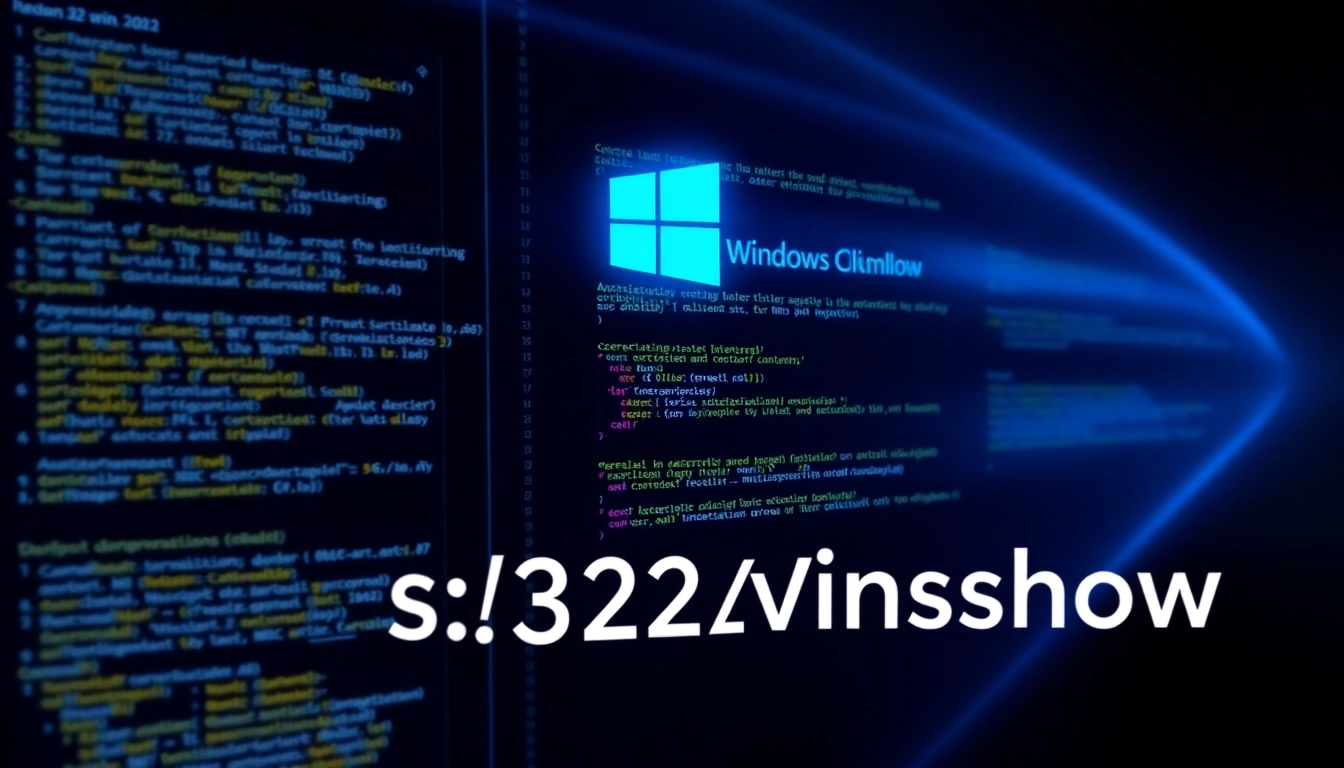Understanding the Fundamentals of Real Estate Transaction Management
What is real estate transaction management and why it matters
Real estate transaction management encompasses the processes, tools, and workflows involved in guiding a property deal from initial interest to closing. It involves coordinating documents, communication, negotiations, inspections, legalities, and financial transactions to ensure a seamless experience for all parties involved. Effective transaction management is critical because it minimizes errors, reduces time delays, and enhances client satisfaction, ultimately closing more deals efficiently. In today’s competitive market, agents and brokerages that leverage sophisticated transaction management systems are better positioned to streamline operations, reduce administrative burdens, and provide superior customer service. Real estate transaction management becomes not just a back-office function, but a strategic advantage that differentiates successful agents from the rest.
Key components of an effective transaction management process
An optimized transaction management process integrates several core components:
- Centralized document storage: All contracts, disclosures, inspections, warranties, and legal documents stored in one secure, accessible location.
- Workflow automation: Predefined steps and automated reminders ensure no crucial task is overlooked, from earnest money deposits to closing paperwork.
- Communication hub: Streamlined channels for messaging, updates, and file sharing between agents, clients, notaries, and financial institutions.
- Real-time collaboration: Multiple users can work simultaneously, update documents, and monitor progress preventing miscommunications.
- Progress tracking: Visual dashboards and checklists provide oversight on each transaction phase, highlighting completed and pending actions.
- Reporting & analytics: Measuring turnaround times, bottlenecks, and client satisfaction helps optimize workflows continuously.
Modern platforms like Anyone offer integrated solutions combining these components, ensuring a unified approach that reduces manual work and enhances transaction transparency.
Common challenges faced by agents and brokerages
Despite its importance, transaction management faces several hurdles:
- Fragmented tools: Using multiple disconnected systems results in duplicated efforts and lost information.
- Manual errors: Paper-based or semi-automated processes are prone to mistakes, delays, and missed deadlines.
- Lack of transparency: Clients and agents often lack real-time updates, leading to frustration and miscommunication.
- Time-consuming procedures: Administrative tasks consume valuable time that could be spent on client engagement and marketing.
- Compliance risks: Inconsistent documentation management can lead to legal pitfalls or failed audits.
Overcoming these challenges demands adopting robust, all-in-one transaction management platforms like Anyone, designed specifically to address these pain points with automation, integration, and security.
Choosing the Right Tools for Real Estate Transaction Management
Features to prioritize in a transaction management platform
Selecting the optimal platform involves evaluating critical features:
- Comprehensive workflow automation: Automate routine tasks such as escrow updates, inspection deadlines, and document approvals.
- Document management and e-signatures: Secure, legally compliant digital signing and easy access to all transaction documents.
- Listing and property data integration: Auto-fill property details to save time and maintain accuracy.
- Client communication portals: Transparent updates, messaging, and document sharing with clients to foster engagement.
- Collaboration capabilities: Multiple users can work concurrently on contracts, schedules, and negotiations.
- Mobile accessibility: Manage transactions on-the-go via dedicated apps or mobile-optimized platforms.
- Integration with other tools: Seamless connection with CRM, loan providers, Notaries, and listing platforms.
- Data security and compliance: Robust encryption, user permissions, and compliance with privacy laws such as GDPR and CCPA.
Comparison of top software options in the market
Several platforms have established themselves as leaders in real estate transaction management, each with unique strengths:
- SkySlope: Industry leader combining advanced technology with award-winning customer service. Offers comprehensive document management, audit trails, and integrations.
- Paperless Pipeline: Simplifies the transaction process with an easy-to-use interface, auto-fill features, and focus on ease of use for agents and brokers.
- Dotloop: Provides powerful online collaboration, electronic signatures, and transaction tracking, making it a top choice for large brokerages.
- Nekst: Focuses on customizable workflows, enabling firms to tailor processes to their specific needs while ensuring adherence and accountability.
- Glide: Offers free tools built for small teams and solo agents, emphasizing speed and seamless mobile experiences.
In assessing these options, consider factors like scalability, ease of integration, user support, and cost. The platform that best aligns with your business goals and tech environment will provide the most value.
Implementation Best Practices for Smooth Adoption
Steps to transition from manual to automated processes
Transitioning requires careful planning:
- Audit current workflows: Identify bottlenecks, repetitive tasks, and manual processes that can benefit from automation.
- Select a suitable platform: Choose a platform like Anyone that integrates transaction management, CRM, and listing tools.
- Data migration: Export existing transaction data, listings, and contacts, then import into the new system, utilizing auto-fill features where available.
- Configure workflows and automation: Set up templates and triggers aligned with your operational processes to automate reminders, document requests, and updates.
- Train your team: Conduct comprehensive training sessions emphasizing new processes and technology features.
- Gradual rollout: Start with parallel runs, allowing your team to adapt and troubleshoot before fully switching over.
Consistency and support during this phase are essential for minimizing disruption.
Training your team for maximum efficiency
Successful implementation hinges on team proficiency:
- Hands-on workshops: Interactive training encourages active learning and clarifies platform functionalities.
- Resource materials: Maintain a library of how-to guides, FAQs, and video tutorials tailored to different roles.
- Ongoing support: Establish a dedicated support channel for troubleshooting and feedback.
- Performance monitoring: Track engagement and usage patterns, providing additional training where necessary.
Measuring success and optimizing workflow
Continuous improvement involves monitoring key performance indicators (KPIs):
- Transaction turnaround time
- Number of errors or rejected documents
- Client satisfaction scores
- Agent productivity metrics (e.g., deals closed per month)
- Adoption rates of automation tools
Leverage analytics dashboards to identify bottlenecks and areas needing refinement. Regularly solicit team feedback to adapt workflows and maximize efficiency.
Maximizing Productivity with Advanced Real Estate Transaction Solutions
Leveraging automation for correspondence and document updates
Automation minimizes manual input and reduces human error. For example, platforms like Anyone automatically update clients when documents are signed or status changes occur, providing transparency. Scheduled reminders ensure deadlines are met without constant oversight, freeing agents to focus on client relationships. Templates for emails, messages, and notices enable quick, professional communication, while auto-filling property and transaction details ensures accuracy across documents and updates.
Utilizing real-time collaboration and communication features
Real-time collaboration tools transform transaction management from a linear process into a dynamic partnership. Using shared workspaces, clients, agents, and third-party providers can interact within the platform, review documents, negotiate terms, and approve next steps instantaneously. This transparency accelerates decision-making, reduces back-and-forth emails, and fosters trust. Platforms like Anyone facilitate seamless chat messages, comment threads, and transaction timelines accessible to all stakeholders, ensuring everyone remains on the same page.
Tracking performance metrics and client satisfaction
Quantifying success enables smarter strategy adjustments. Transaction times, frequency of communication lapses, and error rates are measurable KPIs. Customer satisfaction surveys post-transaction highlight service quality. Data visualization dashboards summarize performance, enabling managers to identify trends, recognize high performers, and address issues proactively. Integrating feedback loops into your transaction platform ensures continuous refinement and satisfaction improvement.
The Future of Real Estate Transaction Management
Emerging technologies and trends to watch
Advances leading the evolution include artificial intelligence, blockchain, and machine learning. AI-powered chatbots and virtual assistants handle routine inquiries and document sorting, freeing agents for more strategic tasks. Blockchain enhances transparency, security, and traceability of transaction records, reducing fraud risks. Predictive analytics can suggest optimal listing strategies and pricing, providing agents with data-driven insights. As these technologies mature, transaction management platforms will become even more automated and intuitive, transforming traditional workflows into fully integrated digital ecosystems.
Integrating seamless payment and legal service workflows
Future platforms aim to embed financial transactions, notarization, and legal compliance directly into the transaction flow. Fast, secure payments can be processed within the platform, ensuring on-time deposits and disbursements. Digital notarization and e-signatures will become universal, reducing the need for physical paperwork. This integration not only accelerates deal closure but also enhances security and auditability, ensuring compliance at every step.
Adapting to a fully digital transaction ecosystem
The trajectory points towards a fully digital environment where no manual paperwork is necessary. Virtual tours, digital contracts, online escrow, and remote closings will become standard. Platforms like Anyone are already pioneering these innovations by offering integrated viewing, negotiation, and document management systems. Embracing these shifts will demand investment in robust, secure, and user-friendly platforms capable of supporting remote and international transactions, thus expanding market reach and operational flexibility.



